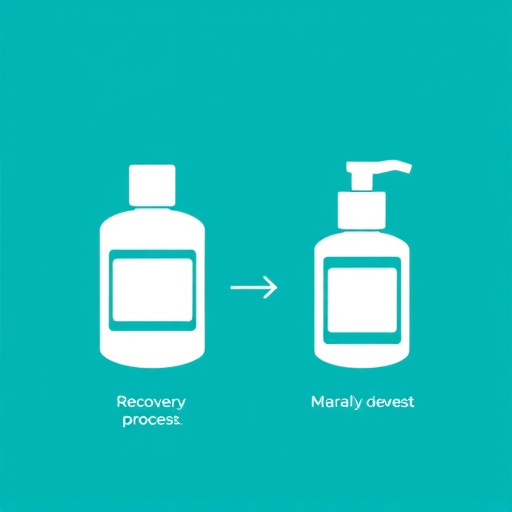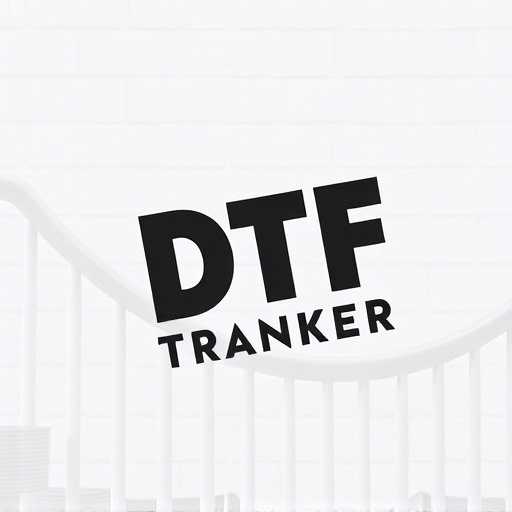Direct-to-Fabric (DTF) technology revolutionizes printing on light-colored garments, offering vibrant, long-lasting DTF prints. This method uses heat and pressure to transfer designs directly onto fabrics like cotton and linen, preserving their texture and color. DTF transfers cater to diverse design preferences, from intricate patterns to monograms, personalizing apparel and accessories. Optimized with the right ink and pressure, DTF ensures fast production times, cost savings, and high-quality results for both mass market and specialty manufacturers in a competitive fashion landscape.
In the realm of textile printing, Direct-to-Fabric (DTF) transfers have emerged as a game-changer for light-colored garment materials. This innovative process offers a vibrant and precise way to add custom designs to fabrics, revolutionizing the way we personalize apparel. This article delves into the intricacies of DTF transfers, exploring their appeal, optimization techniques, printing methods, and the numerous advantages they bring to light fabrics. By following best practices, designers and manufacturers can harness the power of DTF prints for exceptional results.
- Understanding DTF Transfers: A Brief Overview
- The Appeal of Light-Colored Garment Materials
- Optimizing Transfer Process for Superior Results
- DTF Printing Techniques and Their Applications
- Advantages of Using DTF Prints on Light Fabrics
- Best Practices for Effective DTF Transfer Implementation
Understanding DTF Transfers: A Brief Overview

DTF Transfers, or Direct-to-Fabric (DTF) transfers, are a cutting-edge printing technology designed for optimal application on light-colored garment materials. Unlike traditional methods that rely on inks and potentially harsh chemicals, DTF transfers use a unique process where designs are precisely transferred from a carrier sheet to the fabric using heat and pressure. This innovative approach offers several advantages, including vibrant and lasting DTF prints that preserve color integrity and avoid fading or cracking over time.
The allure of DTF Transfer lies in its ability to print intricate and detailed designs with exceptional clarity. It’s particularly suited for light-colored fabrics as the transfer acts as a transparent layer, allowing the base fabric color to shine through, resulting in eye-catching combinations. This method is not only popular among apparel designers but also gains traction in the customization of accessories, home décor items, and more, making it a versatile and sought-after DTF printing technique in today’s creative landscape.
The Appeal of Light-Colored Garment Materials

Light-colored garment materials have gained significant popularity in recent times due to their versatility and aesthetic appeal. These fabrics, often made from cotton, linen, or lightweight synthetic blends, offer a clean canvas for creative expression through printing and customization. With the advent of Direct-to-Fabric (DTF) transfer technology, designers and enthusiasts alike can transform these light-colored garments into unique pieces with vibrant, long-lasting prints.
DTF Transfer, a cutting-edge technique within DTF Printing, allows for precise and detailed designs on various light-colored surfaces. This method ensures that the print adheres flawlessly to the fabric without compromising its texture or feel. The appeal lies in the ability to create intricate patterns, bold graphics, or subtle monograms, catering to diverse design preferences. DTF prints on light-colored garments offer a fresh alternative to traditional printing methods, enabling fashion-forward individuals to personalize their wardrobe and stand out from the crowd.
Optimizing Transfer Process for Superior Results

Optimizing the transfer process is key to achieving superior results with DTF (Direct-To-Garment) printing on light-colored fabrics. This involves carefully selecting appropriate inks that complement the fabric’s hue, ensuring minimal fading or color shift over time. The pressure applied during the pressing step must also be precise; too much pressure can cause ink bleeding or smudging, while insufficient pressure may result in poor adhesion.
Additionally, pre-treating the fabric with a suitable release agent can significantly enhance the transfer quality. This step prevents the ink from adhering to the backing paper and facilitates a clean, crisp print onto the garment’s surface. By meticulously managing variables like ink type, pressure, and preparation, DTF transfers can produce vibrant, long-lasting prints on light-colored materials, ensuring that designs maintain their original richness and clarity.
DTF Printing Techniques and Their Applications
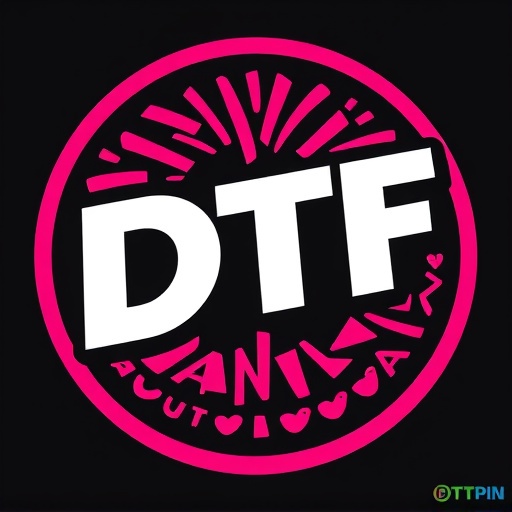
Direct to fabric (DTF) printing techniques have gained significant traction in the apparel industry due to their ability to create high-quality, vibrant prints on a variety of light-colored garment materials. DTF transfers are designed to offer precise color reproduction and excellent durability, making them ideal for custom clothing, promotional products, and fashion accessories. These advanced printing methods involve transferring ink directly onto the fabric’s surface without the need for intermediate screens or plates, resulting in faster production times and cost-effectiveness.
One of the key applications of DTF printing is personalized apparel. By enabling quick and easy customization on demand, retailers can offer customers unique designs with precise color accuracy. Additionally, DTF prints are commonly used in small batch production runs, allowing businesses to cater to niche markets and diverse consumer preferences without incurring high set-up costs. This versatility has made DTF transfers a preferred choice for both mass-market and specialty apparel manufacturers looking to stay ahead in the competitive fashion landscape.
Advantages of Using DTF Prints on Light Fabrics
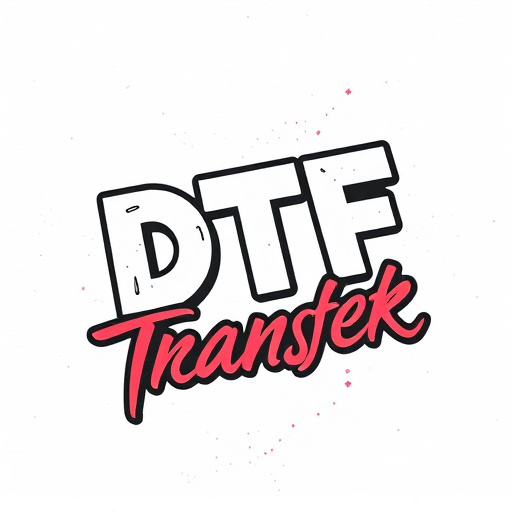
Using DTF (Direct-to-Fabric) prints on light-colored garments offers several advantages over traditional printing methods. One of the key benefits is the vibrant and precise colors produced, ensuring designs pop and maintain their impact even when applied to delicate fabrics. This method allows for a wide range of creative possibilities, from intricate patterns to bold graphics, without compromising fabric quality or appearance.
DTF transfers are especially advantageous for light materials as they provide excellent adhesion, guaranteeing that the print remains durable after washing and wear. The direct printing process eliminates the need for multiple coats, resulting in a more efficient production line and reduced waste. Additionally, DTF prints offer a cost-effective solution for custom clothing, allowing businesses and designers to create unique, personalized garments with ease.
Best Practices for Effective DTF Transfer Implementation
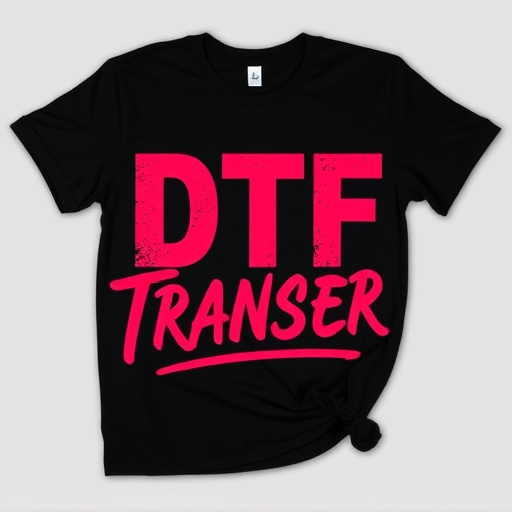
When implementing Direct-to-Fabric (DTF) transfers on light-colored garment materials, several best practices ensure optimal results. First, pre-treat the fabric to prepare it for printing; this step is crucial as it enhances adhesion and longevity of the DTF prints. Using suitable inks compatible with your DTF printer is also essential; pigment-based inks offer vibrant, light-fast colors ideal for light-colored fabrics.
Additionally, precise registration and high print resolution are key to achieving crisp, detailed DTF prints. Consider testing different printing settings and configurations to find the sweet spot that delivers the best balance between quality and speed. Regularly maintaining and calibrating your DTF printer guarantees consistent performance, ensuring each transfer is as perfect as the last.

